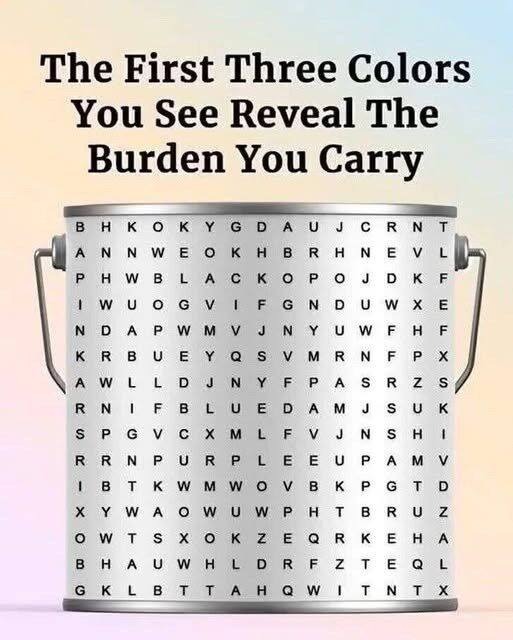Green is nature’s comfort. It balances blue’s calm with yellow’s energy, symbolizing growth, renewal, and stability. When green appeals to you, it often signals a need to heal or reconnect with your roots.
Muted greens are chosen in recovery spaces because they promote trust and safety. Psychologically, green tells your body, “It’s okay now.”
Avoiding green might reveal resistance to change or fear of vulnerability. Green invites openness and growth—turning away can reflect hesitation to embrace new beginnings.
💛 Yellow: Brightness and Awakening
Yellow is the spark of curiosity, intellect, and joy. It lifts spirits, energizes the mind, and signals fresh starts. If you’re drawn to yellow, you may be seeking clarity or warmth.
But yellow is also highly visible, making it vulnerable. Avoiding yellow can indicate fear of being noticed or judged. Too much yellow can overwhelm; sometimes it’s a light that blinds.
In difficult times, small touches of yellow bring hope. That’s why it often appears after periods of grief or hardship—as a gentle promise of renewal.Interior design consult
💜 Purple: Depth and Change
Purple blends the energy of red with the calm of blue. It’s complex, introspective, and spiritual. Historically tied to royalty and mystery, purple invites reflection and transformation.
Attracted to purple? You might be navigating change—whether emotional, creative, or spiritual. Purple signals readiness to grow, even when the path is unclear.
Avoiding purple can mean discomfort with uncertainty. Purple demands depth, which can feel daunting.
⚫⚪⚪ Black, White, and Gray: Subtle Voices
Not all emotions are loud. The neutral tones—black, white, and gray—speak quietly but powerfully.
Black is often misunderstood. It’s not just sadness; it’s protection. Those drawn to black may seek strength, boundaries, or emotional control amidst chaos.
White symbolizes cleansing and fresh starts. It creates space and simplicity. Though often linked to purity in Western cultures, in some traditions it marks transition and mourning.
Gray is pause—neutrality, detachment, fatigue. It’s common when feeling overwhelmed and needing rest, but lingering attraction to gray might point to stagnation.Mood lighting solutions
🧠 The Science and Story of Color
Our reactions to color are biological as well as cultural. Red can raise heart rate; blue can lower blood pressure; yellow can spark mental alertness. These responses are innate, yet shaped by culture and experience.
Culture colors meaning: white symbolizes purity in some places and mourning in others; red can mean love, danger, or celebration depending on context. Color doesn’t deliver universal truths—it carries collective stories.
But one thing remains constant: color bypasses logic and speaks directly to emotion. A single shade can shift your mood before you even realize it.
☕ Color in Daily Life, Color in Emotion
The green mug you pick in the morning, the black jacket that feels like armor, the warm burnt-orange sweater you reach for in transition—they’re not random choices. They mirror your emotional state.
After loss, people often gravitate toward darker shades that ground and soothe. During new beginnings, lighter and warmer colors emerge. Our color preferences chart our inner emotional weather.
Even the colors we avoid matter. Shunning red may signal discomfort with assertiveness; avoiding white might mean fear of release. Color speaks when words can’t.
👁️ Tuning Into Color
Next time a color draws you close—or pushes you away—pause. Ask yourself: What am I feeling? What do I need?
Color isn’t just about appearance. It’s a subtle expression of the heart. The hues you wear, the shades you choose for your space, the light you surround yourself with—they quietly reveal your inner world.
ADVERTISEMENT

